The latest version of changes in the Paycheck Protection Program spells out in greater specificity just how much employee compensation paid for by the loans is eligible to be forgiven under the plan designed to keep people working or at least getting paid.
With tens of billions of dollars of the total $660 billion authorized in two tranches under the PPP still available to be loaned, in part because of what has been said to be a confusing process for borrowers to show the SBA that the loan should be forgiven, the SBA also released what it called the “EZ” form to submit expenses to the agency. But as advisory firm CLA said about it, the EZ form “is not quite as EZ as it seems.”
“While the EZ form is significantly shorter, you will still need to quantify a number of amounts and submit information to support each assertion made,” CLA said of the changes. “So while you will save some effort in not needing to perform the wage reduction and FTE reduction tests (because you are representing you have met one of the safe harbors), you will still need to put in a significant amount of time accumulating the information needed.”
The latest figures for the PPP released by the SBA Thursday evening showed it had disbursed $513.86 billion since the start of the program in April. That is up just $1.2 billion from the prior week. There is still more than $45 billion authorized but not loaned, even after the first allotment of $370 billion was loaned out in full quickly.
One of the reasons the latest shifts were needed was the recent change in the rules that allowed the time period to calculate permissible expenses to be expanded to 24 weeks from eight weeks. That didn’t change the amount of money granted under the loan; it just changed the amount of time in which recipients of PPP loans could show that they spent 60% of their proceeds on employee expenses when they sought full forgiveness of the loans.
The original rule was 75% but was lowered to 60% at the same time as the number of weeks for consideration was increased to 24. That meant that if a company got a loan of $150,000, for full forgiveness it will need to show it spent at least $90,000 of it on employee expenses — 60% of the loan — over as much as 24 weeks from the receipt of the money.
Maximum figures per employee spelled out
With that increase, the SBA has set new rules on the maximum amount per employee that is eligible for compensation, based on the earlier limit of $100,000 per employee, annualized. The new cap for a nonowner employee is $46,154 for 24 weeks, up from $15,385 for eight weeks. Both are pro-rated figures off of the $100,000 limit.
For an employee-owner, a category that could include an independent owner-operator, the compensation that is eligible to be paid back is $20,833 when the calculation period is 24 weeks.
The SBA’s description of how it came to that decision shows how new complexities continue to pop up as the agency considers possible unintended consequences from a law that was passed rapidly after the start of the pandemic.
In its interim rule, the SBA gives the example of a company with two employees that borrowed five months of payroll — 2.5 months for the owner and 2.5 months for the employee, with 2.5 months being equal to eight weeks, the original amount of pay to be protected under the PPP. “If the owner laid off the employee and availed itself of safe harbor … in loan forgiveness for a borrower that is unable to return to the same level of business activity the business was operating at before February 15, 2020, the owner could treat the entire amount of the PPP loan as payroll, with the entire loan being forgiven,” the SBA writes. The result would be a “windfall” for the owner and no pay protection for the laid-off employee, the SBA said.
The changes are laid out in what the SBA refers to as Interim Financial Rules, of which there have been many since the CARES Act — umbrella legislation that included PPP — was passed at the start of the pandemic. Given the ongoing uncertainty about some provisions, this isn’t likely to be the last, according to the law firm of Scopelitis Garvin Light Hanson & Feary. “While these latest publications provide some answers to ongoing questions, more guidance is expected as has been the case throughout the PPP loan process,” the firm said in an email alert.
There are other provisions in the latest SBA rule regarding the calculation of various “safe harbors” for borrowers seeking full forgiveness of their loans. CLA said the new guidance on those safe harbors “should be beneficial for many borrowers” as they provide “additional flexibility.”
For more articles by John Kingston, please go here.

